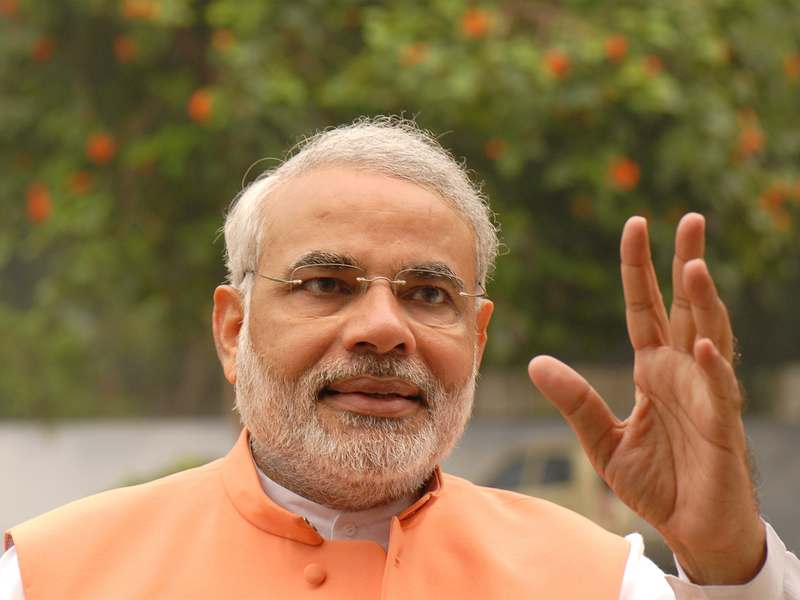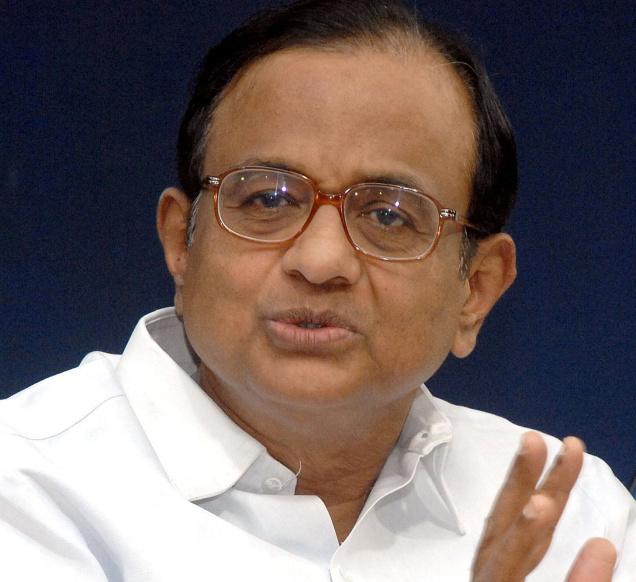The investment industry suddenly got into an overdrive in the aftermath of the Narendra Modi-led Bhartiya Janata Party (BJP) winning a majority in the 16th Lok Sabha on its own. Both Indian and foreign stock brokerages immediately upped their Sensex/Nifty targets and categorically stated that the Indian stock market is ready for its next big bull run. Of the many targets bandied around, the most optimistic target was that of Sensex touching 35,000 points by the end of December 2015. It currently quotes at around 24,200 points.
Now, every bull run has a theory behind it. What is the theory behind this bull run? The investing community is of the opinion that the new Modi government will take measures to set the Indian economy back on track. But that is nothing more than hope and hope alone can’t go a long way.
In the noise of the elections what everybody seems to have forgotten is that the Indian economy is still in a bad shape. The gross domestic product (GDP) numbers that were released on May 30 showed that economic growth, as measured by the growth in GDP for the year ending March 31, 2014, stood at 4.7 per cent. It was the second straight year of less than 5 per cent economic growth. Rather worryingly, the manufacturing sector contracted by 0.7 per cent during the course of the year.
Setting this right will be a major long-term challenge for the Modi government. Economic history clearly shows that countries which have moved from being developing to developed at a fast rate have done so by creating jobs in the manufacturing sector. That hasn’t happened in India as yet.
When it comes to short term challenges, the fiscal deficit remains one of the bigger challenges. Fiscal deficit is the difference between what a government earns and what it spends. The fiscal deficit during the rule of the Congress-led UPA government burgeoned big time. In the interim budget presented in February, the then finance minister, P. Chidambaram, claimed to have brought it down to Rs 5,24,539 crore or 4.6 per cent of the GDP. Numbers later released by the Controller General of Accounts suggest that the fiscal deficit for the year ending March 31, 2014, came in a little lower at Rs 5,08,149 crore.
But this was primarily achieved by cutting down on the asset creating planned expenditure and by not recognising’certain’expenses which in total amounted to more than Rs 1,00,000 crore (their recognition was postponed to this financial year, i.e. the year starting April 1, 2014). This primarily includes oil, food and fertiliser subsidies. This anomaly needs to be set right. More than anything, the Government of India should not be indulging in what is a clear accounting fraud. One of the basic tenets of accounting is to recognise expenditure during the period it is incurred. In the short run, if this leads to the actual expenditure of the government shooting up, then so be it.
The government can, instead, look at encashing some low-hanging fruit. SUUTI (Specified Undertaking of the Unit Trust of India) holds shares of bluechip companies like ITC and L&T which are worth around Rs 42,400 crore currently. SUUTI was formed in the aftermath of the Unit Trust of India going bust in early 2000s. These shares can be sold to help shore up the government revenues.
Over and above this, the BSE PSU Index has gone up by 36 per cent since the beginning of this year. What this means is that the government can use this opportunity to sell shares it owns in a host of public sector units (PSUs). Take the case of Coal India Ltd. There is no reason that the government has to own 89.65 per cent of the company. Even at a significantly lower stake, it can retain the management control of the company.
Along similar lines, the government needs to bring down its stakes in public sector banks (PSBs). Currently, India has 27 PSBs. Why does the government need to run 27 banks? There is clearly no logic to it. A lot of money can be raised by selling shares of PSBs. Money can also be raised by quickly selling telecom spectrum. The last auction which happened in February 2014 fetched the government close to Rs 61,000 crore. There are a whole host of loss making PSUs which are sitting on a lot of land in premier locations. This land needs to be monetised.
It needs to be pointed out that trying to meet regular expenditure by selling assets is not the best idea going around. It is like you and me trying to meet our regular expenditure by selling things that we own. It may be necessary sometimes in the short run. What can also be done is that some of the money coming in through the sale of assets can be used to set up an infrastructure fund. The allocation to this fund can be increased over the years, and this money can be used to boost the physical infrastructure across the country.
Other than trying to raise revenues, the government should also try and limit its losses. Air India, which has constantly been losing money, either needs to be shut down or just sold off (assuming we can find a buyer for it).
Many analysts and experts want the government to cut down on expenditure allocated towards programmes like NREGA and the Food Security Scheme. This may really not be possible given that the BJP had voted to legislate them.
But what the government can easily do is to get the Food Corporation of India (FCI) to go slow on its purchases of rice and wheat. Currently, FCI has double the stocks than what it actually needs. Going slow on purchases can really help control the government expenditure. It will also help to control food inflation, given that more rice and wheat will land up in the open market.
To conclude, the economic scenario remains a huge challenge for the new Modi government, but to get going it can cash in on the low-hanging fruit.
This article originally appeared in The Asian Age/Deccan Chronicle dated June 4, 2014
(Vivek Kaul is the author of the Easy Money trilogy. He can be reached at [email protected])







